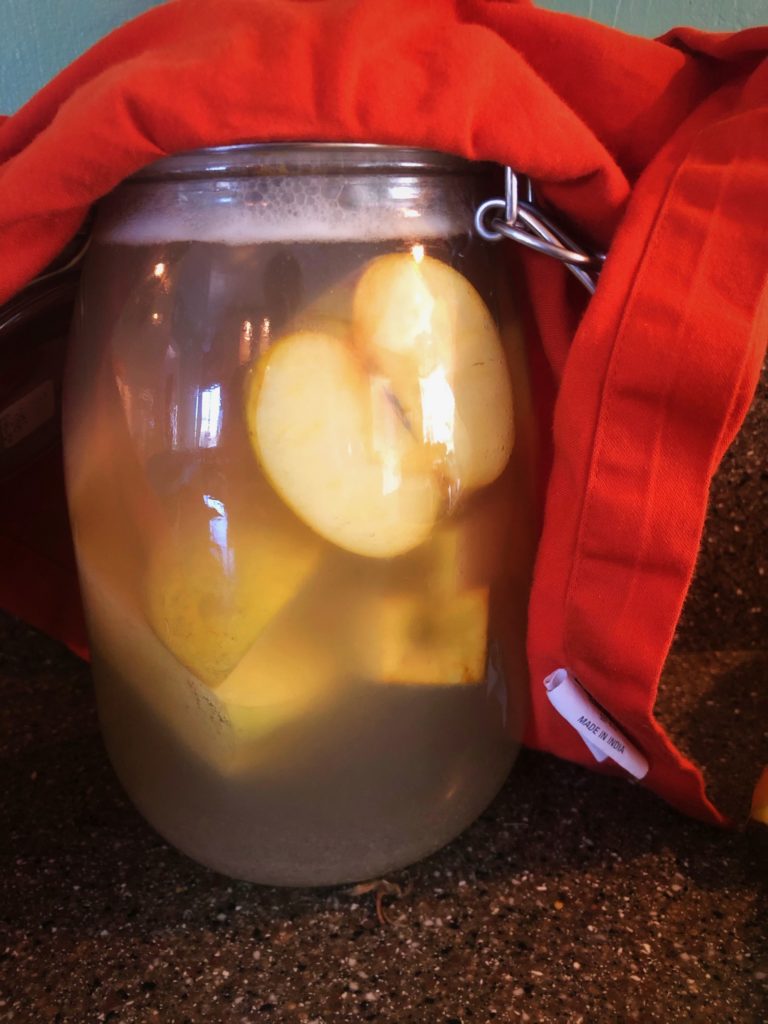
Vinegar is used for countless purposes: pickling, pest control, personal and household cleaning, and cooking. But did you know that vinegar, specifically apple cider vinegar (ACV), is also an ancient folk remedy? Hippocrates is said to have prescribed ACV for a variety of ailments. I like to drink a glass of warm water with little apple cider vinegar in the morning.
Of course, whenever possible, we love making stuff at home. There’s no reason why you can’t make your own ACV, complete with the “mother.”
What Is “The Mother”?
Vinegar is made through the process of fermentation. The “mother” consists of strands of enzymes and connected protein molecules with living nutrients and bacteria, similar to the “mother” in kombucha tea. It is a natural by-product of fermentation. You should see it settled atthe bottom of the bottle as sediment.
Most of the ACV you find in the supermarket is pasteurized and highly filtered. These are finefor cleaning, but the health benefits are gone once the “mother” is filtered out and the vinegar is pasteurized. There are a few available, such as Bragg’s, that retain the “mother,” leaving the beneficial bacteria that develops during the fermentation process in the vinegar. When you make your own ACV, you can be sure that your vinegar retains this beneficial “mother.”
Don’t Waste Apple Cores and Peels. I always like using peels and the cores to make apple cider vinegar. You can make apple cider vinegar from the whole apple, so don’t worry if you don’t have leftover peels or cores. If you only occasionally use apples, you can store the peels and cores in the freezer until you have enough gathered to start a batch.
Organic apples are always best, especially if you will be using the peel. If you cannot find organic apples, peel them first and discard the peel; use only the inside portion.
A Few Notes:
Supplies & Ingredients
- Clean, sterilized jar (wide mouth quart or half gallon pickle)
- Organic apple scraps (enough to fill your jar ¾ full)
- Organic cane sugar
- Filtered water
- Fermentation weight or small glass jar (also sterilized)
- Cheesecloth or coffee filter
- Rubber band or canning lid
Directions for Do-It-Yourself Apple Cider Vinegar
- Clean jar thoroughly with soap and hot water and let air dry.
- Fill jar ¾ full with apple scraps. If you are using whole apples, roughly chop them.
- Dissolve 2 TBSP cane sugar into 2 cups water for a quart-sized jar. (Double this for the half gallon size.) You need to mix enough to completely cover the apples.
- Pour sugar water over apples until completely submerged.
- Weigh down apples with a sterilized fermentation weight or smaller glass jar. Any apples that are exposed to air could mold.
- Cover jar with cheesecloth or coffee filter, and secure with a rubber band or canning lid.
- Store in a dark place with consistent room temperature.
- Let sit for approximately 3 weeks. Check every few days to make sure the apples are staying submerged and no mold is growing.
- After 3 weeks, strain out the apple pieces and return the liquid to the jar. (The scraps will still be suitable for the compost pile.)
- Cover the jar with cheesecloth or coffee filter as before, and return to a dark spot for another 3-4 weeks, stirring every few days.
- At some point during fermentation, you will probably notice a SCOBY that forms on the top. This is the “mother.” Just leave it floating in the vinegar.
- When the ACV has reached your desired level of “tartness” you can seal it with a proper lid and start using it!


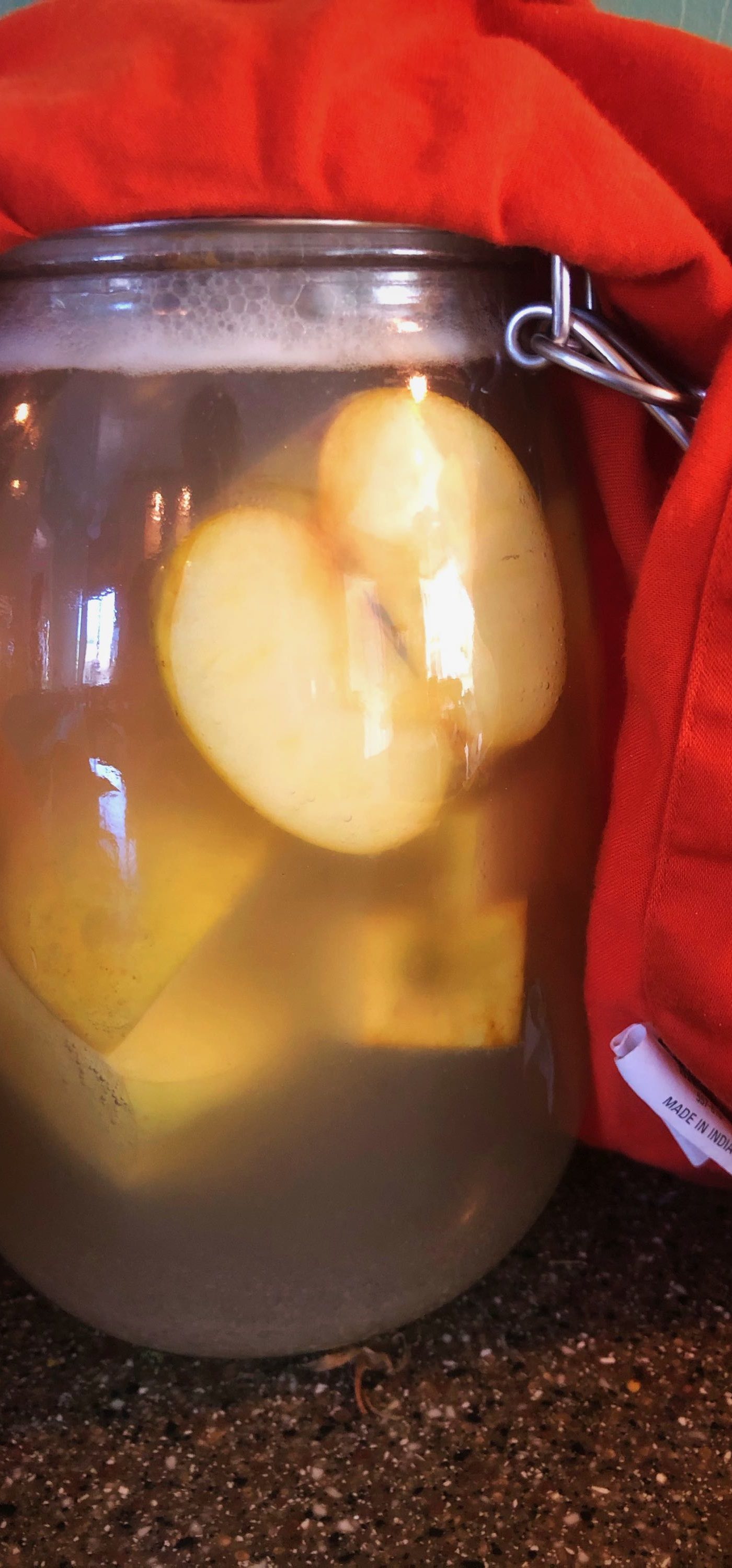
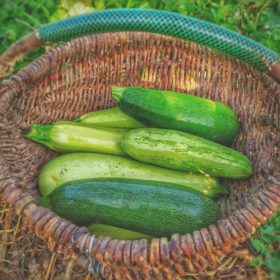
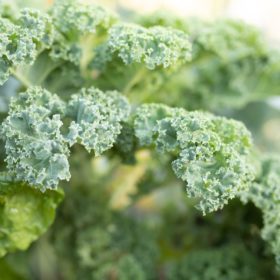
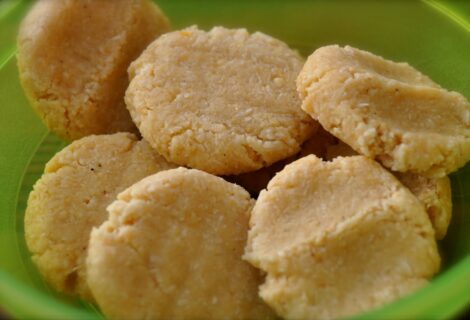
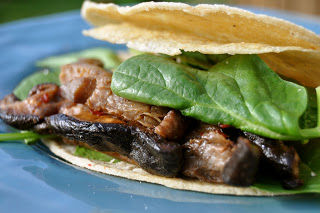


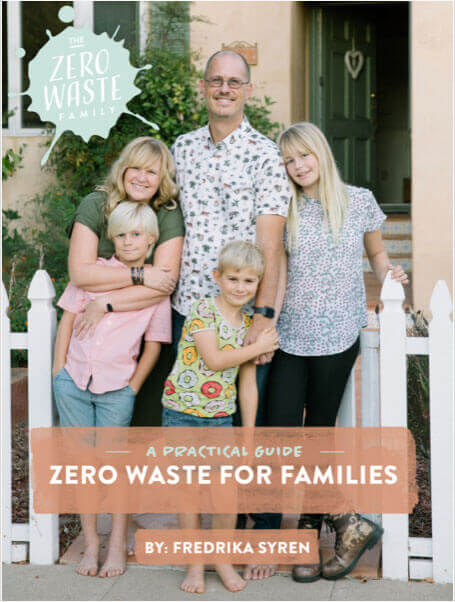

Amanda
When you use chunks of apple instead of just peels and cores, do you do anything with the apples once fermentation is done? I know it’s a good addition in the compost, but could it be dehydrated to make a sweet/sour treat?
Fredrika Syren
I have heard of people dehydrating them for snacks but I have not tried that yet. But our chickens like them and they are good for their tummies.